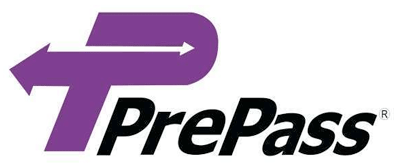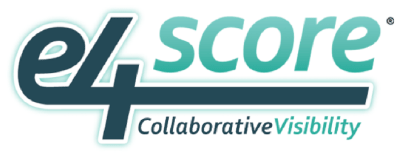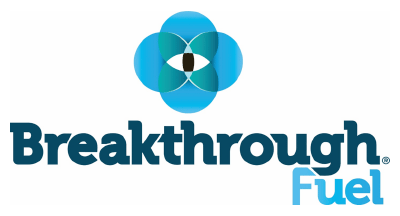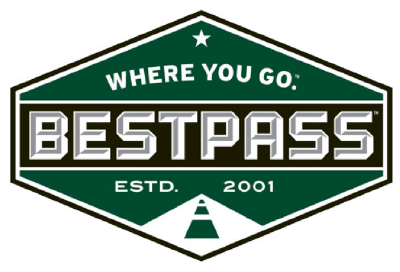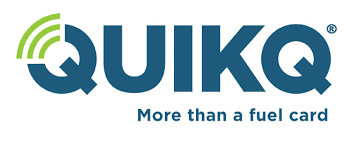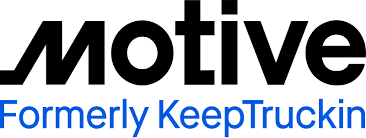Ditat offers flexible, open API TMS solutions for mid to large fleets
Article by Jenny Glasscock, Freightwaves
Shifting demand, dropping rates and skyrocketing fuel prices are just some of the market obstacles carriers are currently facing, with new supply chain challenges cropping up seemingly every day.
As these problems compound on one another, it’s no wonder carriers are beginning to feel budgetary strain. In the uncertain market, midsize and large carriers are looking to set themselves apart from the competition in order to continue to stay ahead.
For many, challenging times tend to highlight opportunities for workflow improvements. Upgrading sometimes decades-old administrative and operational functions is a good place to start.
One company was able to improve its efficiencies and cash flows using Ditat’s web-based, comprehensive TMS, which gives its users the ability to manage load planning, dispatching and invoicing all in one place — from anywhere.
Like many other carriers, one of Gully Transportation’s biggest challenges in today’s market is cash flow strain due to uncontrollable market challenges like record fuel prices, parts availability and high equipment costs. Implementing Ditat has given the company greater flexibility in both its operational workflows and cash flows.
Andrew Eisenbeiss, Gully Transportation vice president, said, “Ditat has definitely helped us increase cash flow just by making the billing cycle efficient and allowing a one-stop place for our drivers to have the ability to get their dispatch, scan their bills of lading in and then it directly goes into the TMS and we can bill it out the same day. The increased cash flow right now during these uncertain times and high operating costs really benefited us by switching to Ditat.”
Up-to-date data is critical for a business, and Ditat places a huge emphasis on ensuring data accuracy. One wrong decision based on erroneous data can result in costly and time-consuming disruptions.
Eisenbeiss knows he can count on accurate data through Ditat because dispatchers must enter loads as they are being dispatched, following steps prompted by the system so that room for error is eliminated.
“The ability to pull the KPIs out of Ditat with the click of a button and know that it’s accurate is everything, especially in today’s time,” Eisenbeiss said. “Whether it be revenue per truck, rate per mile, or margins, we have the ability to view the KPI indexes that we need, that’s huge to us.”
Planners no longer need to keep track of driver information and whereabouts using clunky spreadsheets, which may contain inaccurate or incomplete data, especially when it comes to midsize and large fleets with many moving parts.
Ditat’s load planning board allows users to see driver and truck availability, location and hours and seamlessly offers loads to drivers within their driver apps.
In a fast-paced business, it’s essential for staff to have access to everything they need at their fingertips without having to navigate between an abundance of different windows and programs. Ditat makes it easy to work on multiple tasks at once within the same browser.
“We can have shipments open, we can have the planning board open and the dispatch board, and I can still be running reports, all within the same browser screen. You’re not jumping back and forth between different portals and trying to look at different screens, and you can also log in to more than one browser too,” Eisenbeiss said.
The flexible TMS allows users to begin using it quickly without much setup on their part as Ditat can internally customize the product they need for them. Because the system has an open API, a carrier’s development team can also customize the product too.
“It allows for essentially limitless possibilities of what a carrier can do,” Eric Williams, director of sales at Ditat, said.
With weekly updates, unmatched customer support and month-to-month contracts, fleet needs are at the forefront of Ditat’s TMS offerings.
« Back to Blog









